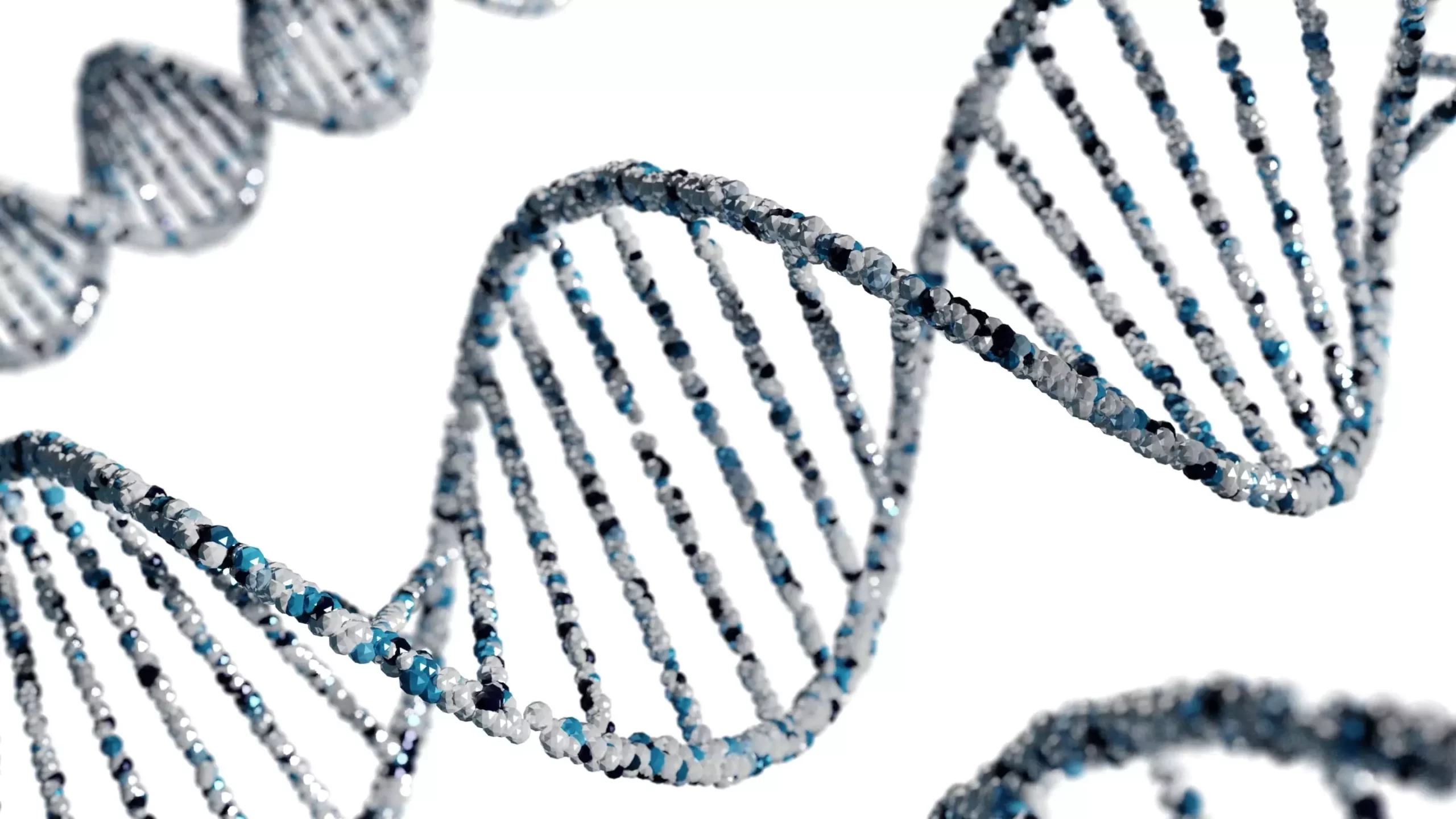The field of medicine is undergoing a significant transformation with the emergence of advanced therapies. Among these innovations are personalized cancer therapies that utilize modified immune cells and monoclonal antibodies. While these cutting-edge treatments hold great promise, they also come with considerable complexity and cost. As a result, the majority of today’s medical interventions still rely on traditional small-molecule drugs, primarily due to their scalability and affordability. The challenge, however, lies in the limited availability of novel active substances that can be discovered using existing techniques.
In response to the need for more diverse therapeutic compounds, a groundbreaking approach known as DNA-encoded chemical libraries (DEL) has emerged, initially developed in the 2000s by researchers at Harvard and ETH Zurich. This revolutionary method has enabled scientists to generate millions of chemical entities and rapidly evaluate their efficacy. Nevertheless, initial DEL methodologies faced limitations, as they restricted researchers to small molecules constructed from a narrow range of building blocks.
Recent advancements by chemists at ETH Zurich have significantly enhanced this process, allowing for the automation of synthesis and evaluation of billions of chemical compounds within a matter of weeks. This new methodology not only expands the scope of potential drug candidates but also facilitates the synthesis of larger drug molecules, including cyclic peptides, which can engage with a wider array of pharmacological targets.
At the heart of DEL technology lies the principle of combinatorial chemistry, which focuses on creating an extensive range of molecular variants from a limited number of building blocks. Researchers can then sift through the resulting “molecular soup” to identify compounds that exhibit the desired biological activity. This process is made efficient by linking each compound to a unique DNA fragment, effectively giving each molecular combination a barcode for identification. Using techniques like the polymerase chain reaction (PCR), researchers can amplify and characterize individual compounds based on their attached DNA sequences.
Despite the promising structure of DEL technology, challenges persisted in maintaining the integrity of the DNA barcodes throughout the synthesis process. Variations in the chemical bonding properties of different building blocks led to contamination, resulting in some barcodes corresponding to incomplete chemical structures. This issue curtailed the potential size of DEL libraries, limiting them to combinations of only a few building blocks.
Addressing these challenges, Scheuermann’s team at ETH Zurich has innovated a self-purifying DEL system that enhances the reliability of compound libraries. Their approach hinges on two key components: the use of magnetic particles for efficient handling and purification and the introduction of a specialized chemical coupling agent that selectively attaches to the final building block of each molecule. This two-step process enables the removal of incomplete compounds in a single purification step, ensuring that only fully synthesized molecules remain associated with their unique DNA barcodes.
Implementing this sophisticated methodology posed its own obstacles, particularly in selecting suitable magnetic particles that wouldn’t interfere with the enzymatic attachment of DNA fragments. Nonetheless, the persistence and ingenuity of researchers Michelle Keller and Dimitar Petrov led to the successful execution of this advanced methodology.
The implications of this refined DEL technology reach far beyond merely increasing the size of chemical libraries. The capability to create larger molecules consisting of five or more building blocks opens new avenues for therapeutic targeting. Unlike small active substances that only fit into specific pockets of therapeutic proteins, these larger molecules can interact with different sites on a protein’s surface, offering potential for innovative therapeutic mechanisms, including blocking receptor interactions.
Additionally, this technological advance also benefits basic biological research by providing tools for labeling and investigating protein functions in a cellular context. As a vital resource for international initiatives like the Target 2035 project, which seeks to discover molecules for approximately 20,000 human proteins, the ETH team’s work stands to profoundly impact both foundational research and clinical applications in the years to come.
To maximize the applicability and reach of this cutting-edge DEL technology, Scheuermann and his research team plan to create a spin-off company. This enterprise aims to streamline the entire process from DEL library development and automated synthesis to efficacy testing and molecular identification. The burgeoning interest from both the pharmaceutical industry and academic researchers highlights the increasing demand for cyclic molecules and other complex structures previously inaccessible in abundant quantities.
The advancements in DEL technology signal a monumental shift in drug development, paving the way for more effective and targeted therapies. As these innovations continue to unfold, their integration into mainstream medical practices promises to advance our arsenal against complex diseases and improve patient outcomes globally.


Leave a Reply